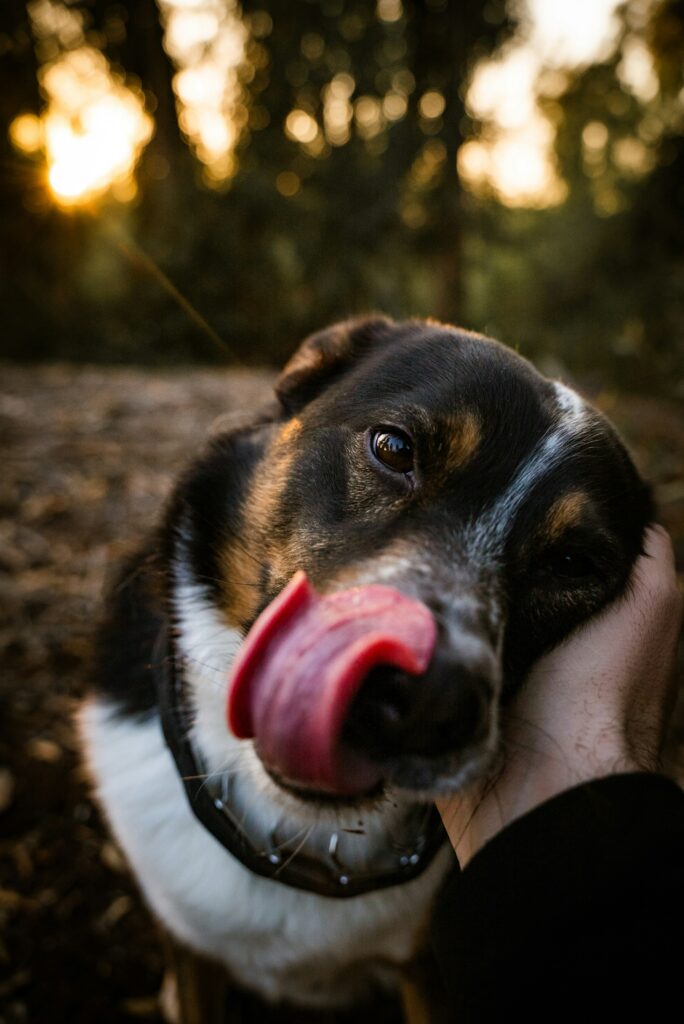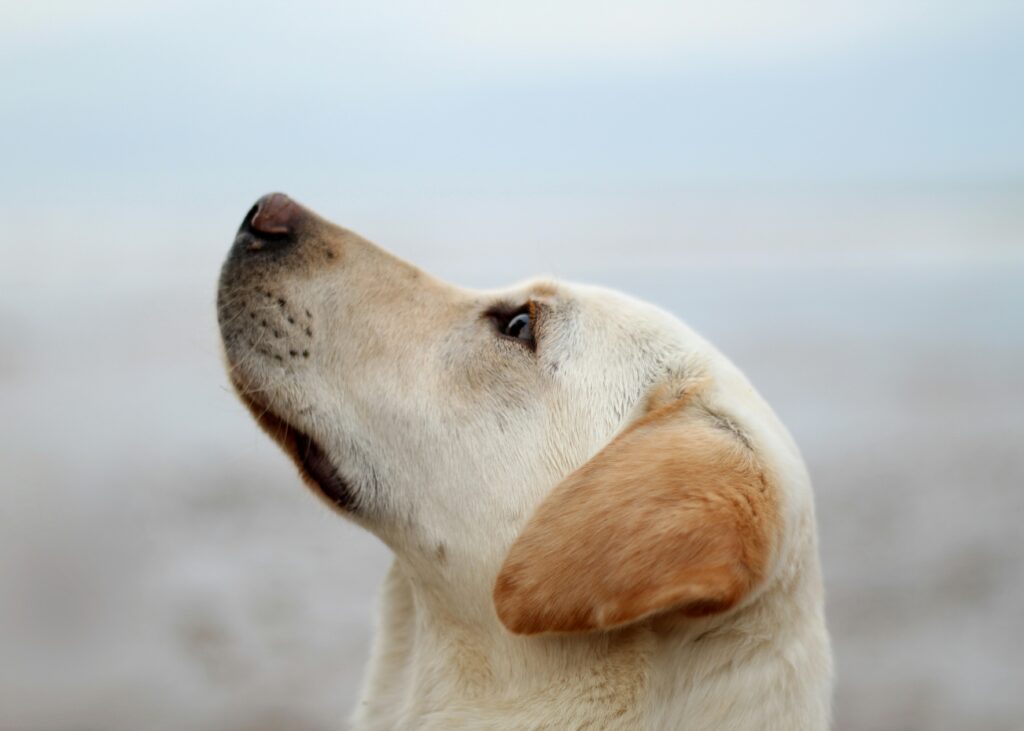- You are here:
- Home »
- Blog »
- Boston Dog Trainer »
- How Dogs Use Their Sense of Taste: More Than Just a Hungry Mouth
How Dogs Use Their Sense of Taste: More Than Just a Hungry Mouth
How Dogs Use Their Sense of Taste: More Than Just a Hungry Mouth
When your dog eagerly devours a dropped snack or sniffs a new treat with tail-wagging delight, you might wonder—what exactly do dogs taste? While they may not be known for being picky eaters, dogs do use their sense of taste to understand their world in unique ways. Let’s explore how taste plays a role in your dog’s life and behavior.

How Does a Dog’s Sense of Taste Work?
Dogs have taste buds just like humans—just fewer of them. Humans have about 9,000 taste buds, while dogs have around 1,700. While this means dogs don’t experience flavors as richly as we do, they still detect the primary tastes:
-
Sweet
-
Salty
-
Sour
-
Bitter
-
Umami (savory/protein-rich)
Interestingly, dogs have a special set of taste receptors for water. This is especially noticeable after exercise or play, when water tastes even more satisfying to them.
Taste + Smell: A Dynamic Duo
Taste in dogs doesn’t work alone. It’s closely tied to their sense of smell. Because dogs have such an incredible olfactory system (with over 300 million scent receptors), much of what they perceive as “flavor” comes from their ability to smell food.
This is why dogs with respiratory issues or congestion may seem uninterested in food—they can’t smell it well enough to “taste” it fully.
What Dogs Like to Taste (and Why)
Dogs tend to prefer:
-
Meaty and savory flavors – These signal protein and nutrients.
-
Sweet things – Especially from fruits and vegetables. Sweetness often indicates safe-to-eat plant matter.
-
Salty items – Though dogs naturally need less salt than humans, they can detect and enjoy mild levels.
Dogs are less enthusiastic about:
-
Bitter tastes – These often signal toxicity in nature, and dogs are wired to avoid them.
-
Citrusy or sour tastes – While not harmful in small doses, many dogs dislike these flavors instinctively.

Why Do Dogs Eat Things That Taste Bad?
Despite their taste preferences, dogs are notorious for eating things that humans would find disgusting—trash, socks, and even feces. This behavior can be influenced by:
-
Curiosity – Puppies especially explore with their mouths.
-
Scent – If something smells like food, it might be worth tasting.
-
Behavioral patterns – Stress, boredom, or attention-seeking can lead to undesirable habits.
Do Dogs Have Individual Taste Preferences?
Yes! Just like people, dogs can develop individual preferences based on experience and exposure. Some dogs go crazy for peanut butter, while others love carrots. These preferences may be shaped by breed tendencies, diet, and even how they were raised.
Keep in mind that over time, a dog’s preferences might change—especially with age or health conditions.
Using Taste to Enrich Your Dog’s Life
Because taste is part of how dogs explore the world, you can use it for enrichment:
-
Food puzzles – Make your dog “work” for treats by solving a puzzle.
-
Taste variety – Rotate proteins and add safe fruits or veggies to their meals.
-
Frozen treats – Mix yogurt, pumpkin, or peanut butter into ice cube trays for a cooling treat.
-
Training rewards – Use high-value treats with strong, appealing flavors.
Just make sure to avoid toxic or dangerous foods like chocolate, grapes, onions, and anything overly salty or spicy.

Final Thoughts: Taste Is a Window Into Your Dog’s World
While dogs may not experience the full range of flavors the way we do, their sense of taste is still a vital part of how they connect with their environment. Combined with smell, texture, and past experiences, taste helps your dog build memories, avoid danger, and enjoy the simple pleasures in life—like a crunchy biscuit or a lick of ice cream on a summer day.
By paying attention to what your dog loves (and avoids), you can support their sensory needs and offer them new ways to experience the world around them—one tasty bite at a time.
